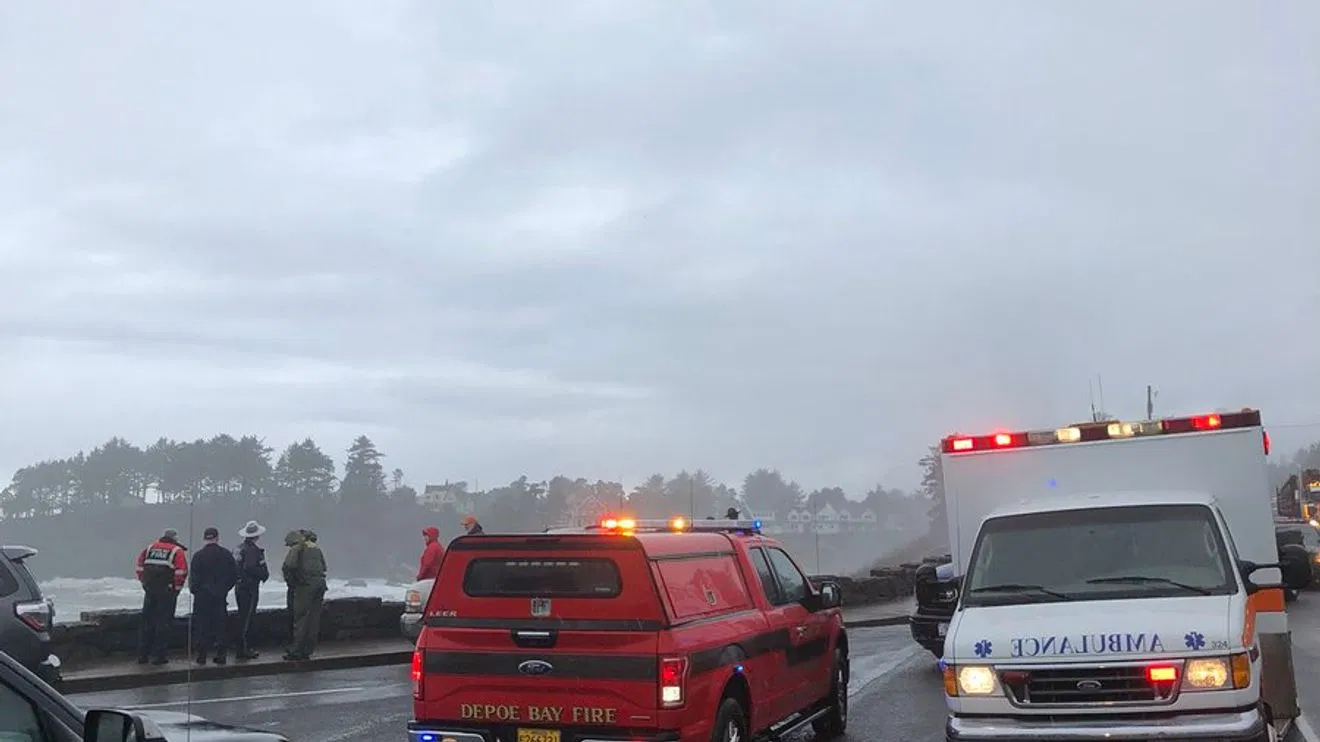The Homeless Education & Literacy Project (HELP) is a program of Lincoln County School District (LCSD) designed to help homeless students overcome barriers to school attendance and academic success. The McKinney – Vento Homeless Education Act defines homeless students as those who “lack a fixed, regular and adequate nighttime residence.” The heart of the McKinney-Vento Act is to provide school stability and equal access to education for students living in unstable living situations.
The Numbers
During the 2014-15 school year, the LCSD HELP Program staff identified 717 homeless children in Lincoln County. The total was the highest in Lincoln County’s history. Even more startling is that 703 homeless children have already been identified half way through this current school year. 70 of the 703 homeless students are unaccompanied minors, living homeless without a parent or guardian.
2014-15
Homeless Data Lincoln County preK-12 by Area and Living Situation
Doubled Up Motel Shelter Unsheltered Total
East – Toledo, Siletz, Eddyville 135 5 7 5 152
North – Lincoln City 167 15 26 66 274
South – Waldport 97 6 4 24 131
Central – Newport 110 21 10 19 160
Grand Total 509 47 47 114 717
Percentage by living situation 71% 6.5% 6.5% 16%
Multi-year Comparison
Lincoln County Homeless Students
2009-10 2010-11 2011-12 2012-13 2013-14 2014-15 2015-16 **
Birth to PreK 8* 23* 40* 127 120 138 138
K-12 Students 403 448 426 535 519 579 565
Grand Total 411 471 466 662 639 717 703
2015-16 Year to Date**
Homeless Data Lincoln County preK-12 by Area and Living Situation
Doubled Up Motel Shelter Unsheltered Total
East 96 2 3 25 126
North 169 22 17 102 310
South 91 2 2 29 124
Central 72 25 15 31 143
Grand Total 428 51 37 187 703
Percentage by living situation 61% 7% 5% 27%
*Does not include children birth to two years old. Oregon Department of Education did not require a comprehensive birth to five count until recent years.
**Year to date data as of February 1, 2016
Title X – McKinney-Vento Act Compliance: Four Homeless Advocates and Coordinator ensure federal law is followed and that all homeless children have equal access to education.
Duties include: outreach to students; staff training; ensure immediate enrollment and retention in school; assist students with school fees, immunizations, birth certificates, free meal programs, college financial aid; arrange special transport to school of origin.
HELP Centers and Services to Families
Four HELP Centers provide basic needs resources and educational programs, filling gaps in the community to meet students’ needs. HELP Centers are a stable place for students and families to get support. Many of the programs also benefit non-homeless students.
• School Supplies: School supplies are offered to every homeless student. HELP partners with community agencies for larger school supply giveaway efforts for all students.
• Clothing Closet & Basic Resources: Donated school clothing, shoes, hygiene supplies, household items, blankets, and emergency food. Holiday resources coordinated through the HELP Centers.
• Basic Assistance Funds: Donation funds are utilized when there is no other community resource available. Examples include shoe/clothing gift cards, purchase lost textbooks, sports gear, gas cards, propane, emergency food, graduation caps and gowns.
• Tutoring: Tutoring provided to K-12 students on an as needed basis or referred to after school programs with scholarships.
• Learning is Fun Together (LIFT): Kindergarten readiness class for children ages 3-5 and their parents. The target populations are homeless and low-income families that cannot afford pre-K programs and are on the Head Start waiting list. Bilingual class in Newport.
• Job Opportunities for Youth (JOY): Students earn income, gain job/life skills, and work toward career goals with the support of caring mentors. Drop out prevention. Approximately 24 students.
• Juvenile Crime Prevention (JCP): Case management of non-adjudicated youth ages 10-18 with high risk factors. Students are referred to services such as family or individual counseling, family mediation, drug and alcohol counseling, tutoring, student work, after-school activities, etc.
• Read & Feeds: Family meals with a focus on literacy activities. Read & Feeds have been held in Newport, Toledo, Siletz, Waldport, Yachats, Lincoln City and Otis. Church volunteers and community groups donate their time, space, supplies and food.
• East County Backpack Program: HELP provides oversight of the East County backpack program sending home weekly backpacks full of nutritious meals for approximately 80 students a year.
• Student & Family Workshops: HELP has partnered with a wide-variety community partners to host workshops that are based on the interests and needs of students and families. Examples include workshops on healthy cooking, parenting classes, and budgeting.
• AmeriCorps & Volunteer Coordination: Four AmeriCorps members are placed at each HELP Center to provide support to students, and coordinate community volunteers and resources. During the 2014-15 school year, HELP had 67 regular volunteers and 133 episodic volunteers.
• Second Home of Lincoln County: A housing program for unaccompanied minors ages 16 and older. LCSD is a partner organization. The program launched in September of 2015.
Report from HELP Program
